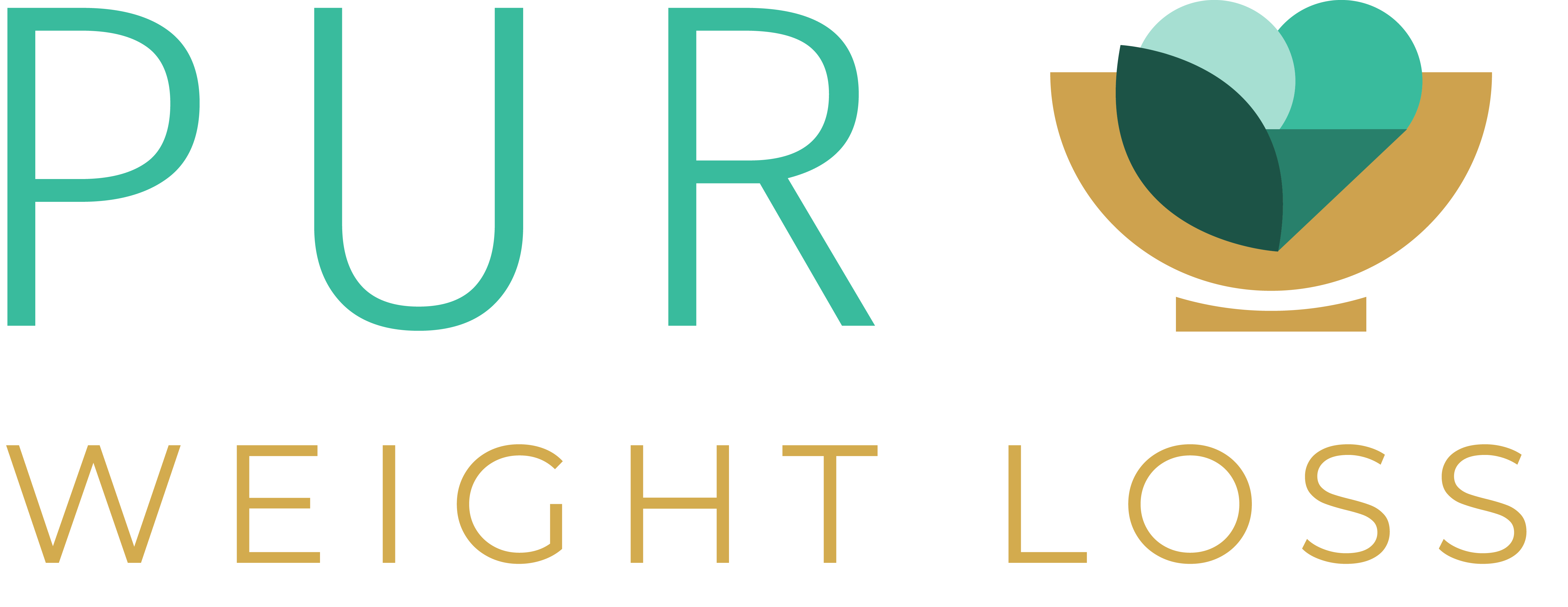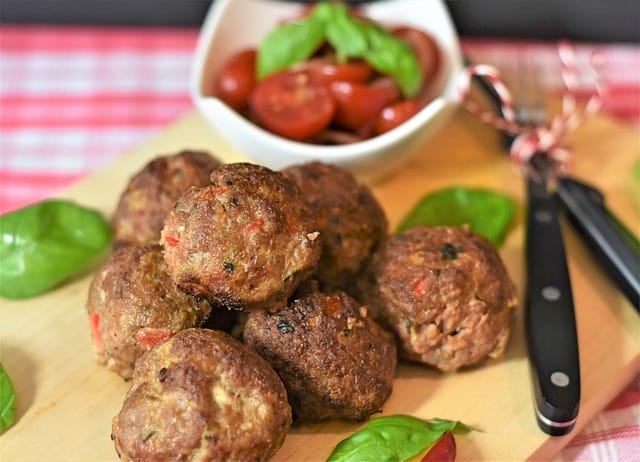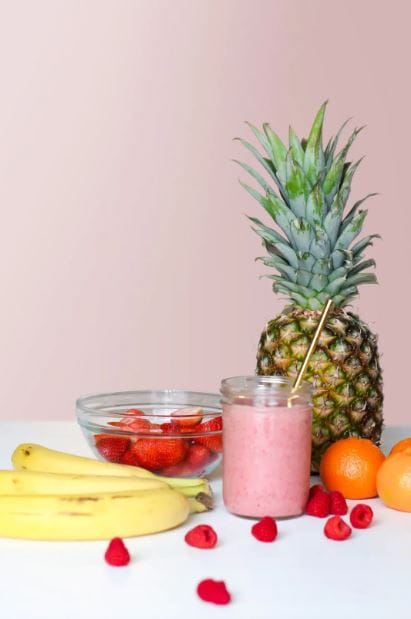
Do you need to avoid sugar to lose weight?
Is sugar bad to eat for health and weight loss?
Does that mean that fruit is bad to eat?
I heard that sugar is high in milk or plain yogurt, is that true?
How do I know what foods have sugars or are high in sugars if I read the labels?
Are these common questions you have about sugar?
These are questions I get asked all the time from my weight loss coaching client. And I’m here to give you answers! Plus, I’ll show you how a full day of eating looks like for a 1500 and 2000 calorie diet that includes 75g and 100g sugar!
This is a lengthier post, so I’ve also summarized it in a YouTube video. Scroll to the bottom to watch it!
(Disclaimer: this post is sponsored by the dietitians at the Canadian Sugar Institute (CSI), as part of their #SweetSpotChallenge with fellow BC dietitians. CSI is a national non-profit association that provides a science-based Nutrition Information Service on sugars, carbohydrates and health, and seeks fair treatment on international trade policies and disputes. This Challenge is to provide a visual example of what the new 100g sugar Daily Value can look like as part of everyday eating.)
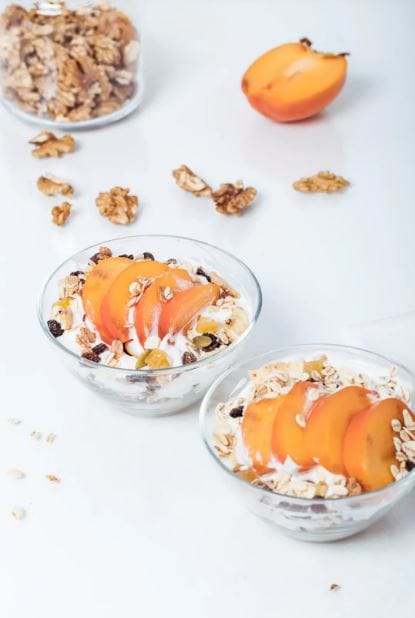
Firstly, what is sugar, exactly?!
Sugars are a type of carb. And carbs are a macronutrient that provides calories and gives energy for our body to use- just like protein and fat, which are the other macros.
Sugars can be in 2 forms: 1) naturally occurring or 2) added
Naturally occurring sugars are those found in foods like fruits or plain milk – where no additional sugars are added. Plain milk naturally contains a sugar called lactose and if you buy lactose-free milk or yogurt, the lactose gets broken down into smaller sugars molecules.
While added sugars are sugars added in processing or creating the food, like in candies/chocolates, jams, sweet breakfast cereals or granolas, chocolate milk or chocolate or sweetened plant-based beverages, desserts, pastries, or sweetened yogurts.
Since sugars are a macronutrient and provides calories, excess amounts added on top of foods can lead to weight gain and risk for type 2 diabetes, cardiovascular disease, and some forms of cancer.
You do want to choose more foods with natural sugars over added sugars.

How do I read the label on foods to know how much sugar is in it? And to help me make a decision on the food based on sugar content?
Currently, the Canadian nutrition facts label for foods does not list the grams of sugar for the serving size in the Nutrition Facts table.
But starting Dec 2022, there will be 2 mandatory changes for food labels on sugar to help you make informed choices about your foods! These changes are mandated by Health Canada.
The first is that all food labels will be required to include a % daily value for total sugars.
% daily value is the % listed for certain nutrients to help you make informed choices about the food. It shows you if that particular serving has a little or a lot of a nutrient.
5% daily value or less is considered a little, while 15% of more is considered a lot.
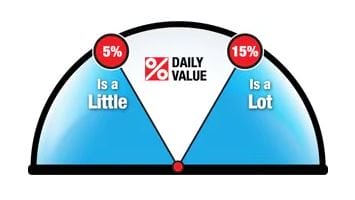
The %DV for sugar is based on 100g of total sugars (so added AND natural sugar). This works out to be about 20% of a 2000 calorie diet. That being said, the percentage is not there to recommend you to meet the 100g of total sugar/day but simply a reference point for what the % daily value in the nutrition facts table is based on. These are not recommendations but to help you make informed choices.
You can use the % daily value to compare 2 items in the same category to help you make the best choice about your food.
For example, if you are comparing 2 different brands of sliced bread and you wanted a higher fiber option, first look at the serving size to make sure they are the same (so both are 1 slice or 2 slice for the serving size or about the same gram weight) and then compare the %DV for fiber and see which one is higher. For weight loss, other factors to consider for bread is also the calories and amount of protein- some breads have added protein from soy, wheat, beans, lentils, nuts and seeds.

With the new changes for % daily value for total sugars, you can apply the 5% and 15% DV recommendations to determine if there is a lot or a little of total sugars in the food. So, for example, if you are comparing 2 types of cereal and wanted to choose a lower sugar option, you can look at the %DV for sugar and choose the one with the lower %DV. Again, you want to make sure you are comparing the same serving size and also taking into consideration calories, fiber, and protein as other important components of nutrition information for weight loss.
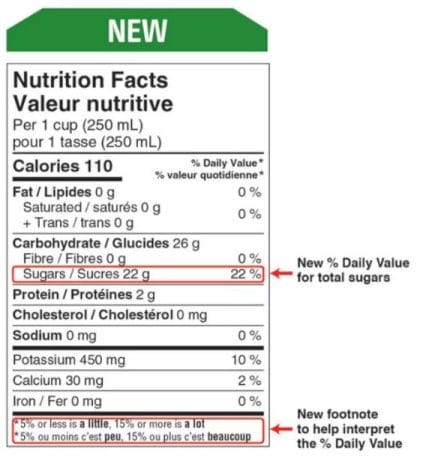
Another mandatory change by Dec 2022 on Canadian food labels is the grouping of sugar in the ingredient list. The ingredients list lists ingredients in descending order by weight, in other words, if the ingredients that the food contains most of is listed from first to last. So, if you’re having wheat bread, wheat flour would like be listed as the first ingredient since most of the ingredient in wheat bread is wheat flour and ingredients like salt, sugar or yeast would be listed near the end since minute amounts are used.
Currently, the new changes don’t group all the added sugars together, so brown sugar, cane sugar, molassses or corn syrup can be scattered in the ingredients list, by weight. This can be confusing since you will have to scan through the entire ingredients list and may not know or may miss that glucose, fructose, dextrose, or sucrose are added sugar sources.
The new regulations require added sugars to be grouped together as “sugar” and the specific sugars will be included in brackets. The gram weights of each sugar will be added together. I personally really like this as it makes identifying added sugars in the food easier.

What exactly does 100g of sugar look like in a 2000 calorie diet for weight loss? How about a 1500 calorie diet for weight loss?
Let me show you!
Let’s go through the meals first- these meal options are all balanced- so there’s a good amount of carbs, fiber, protein to keep you feeling satisfied for long and they still taste good:
So, for breakfast, you might go with instant bircher muesli (which is just oatmeal made with a bit of apple juice, cinnamon, pear, strawberries, greek yogurt, and walnuts). This was about 450 calorie breakfast and about 40g of sugar. Remember, this is added sugar (apple juice) + natural sugars from the milk in greek yogurt, berries, and pear).
Then for lunch, you can make a teriyaki tofu and bok choy with 3/4c of rice. The teriyaki tofu has some added sugar from the brown sugar and this makes the total grams of sugars about 12g for this meal and only about 460 calories (1/4 of the pictured dish).
For dinner, you might opt for a roasted veggies and hummus pizza (who doesn’t love pizza?1) with crunchy coleslaw. The pizza is made with pita bread and topped with hummus, feta, and roasted veggies- these are all low sugar containing foods, so it works out to be about 3g/pizza and 470 calories. To up the veggie intake, you can make coleslaw with cabbage, mayo, greek yogurt, curry powder, some vinegar, and parsley and green onions. A serving of this is only 100 calories and contributes to 3g fiber.
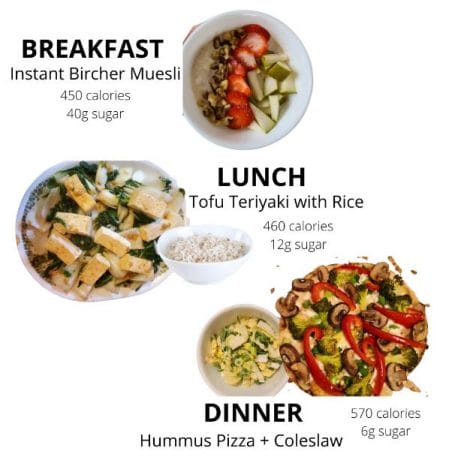
A dessert you might choose to make is an apple galette. It is like an apple pie. A slice of this works out to be 350 calories and 25g of sugar. It’s a dessert, so something to have as a treat, sometimes.
As for snacks, you might want to add a smoothie, like this secretly green smoothie, which is a smoothie made from plain greek yogurt, milk, frozen kale, 1/2 a banana and 1/2c blueberries. This works out to be about 200 calories and 13g of natural sugars.
Another snack you can have is some fruit, like 1.5 cups of berries like strawberries or blueberries- which are great, high fiber options. This is about 100 calories and 16 grams of natural sugar.
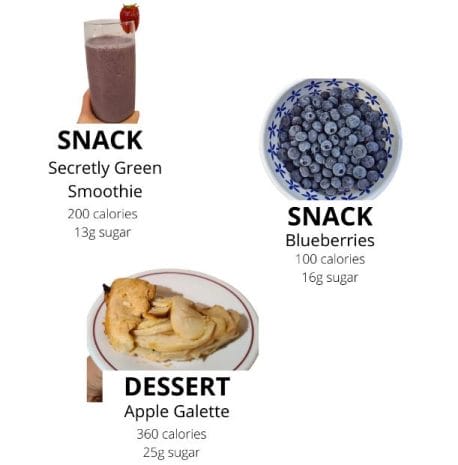
The total calories from these 3 meals + dessert + 2 snacks work out to be about 2000 calories, plus 100g of sugar. Again the sugars are both added and natural sugars from the meals and snacks.
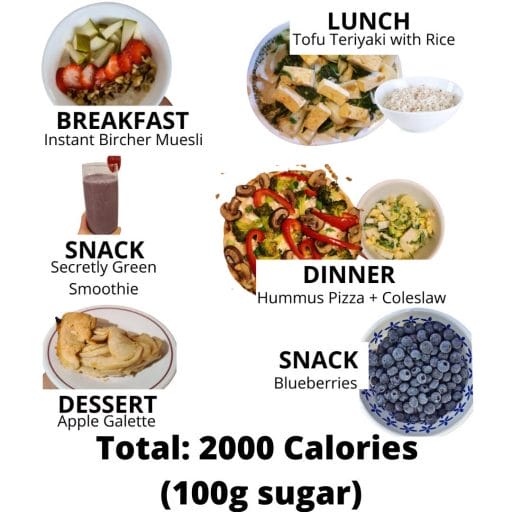
If you need fewer calories/day for weight loss or maintenance, say 1500 calories/day, you can still have the 3 well-rounded and balanced meals + 1 snack. The meals make up about 1400 calories and you can have about the smoothie or 2 servings of berries (1.5cup) as a snack option. This would make about 1500-1550 calories and total sugars would be close to 20% of 1500 calories. The total sugars work out to be about 70g and 20% of 1500 works out to be about 75g of sugar.
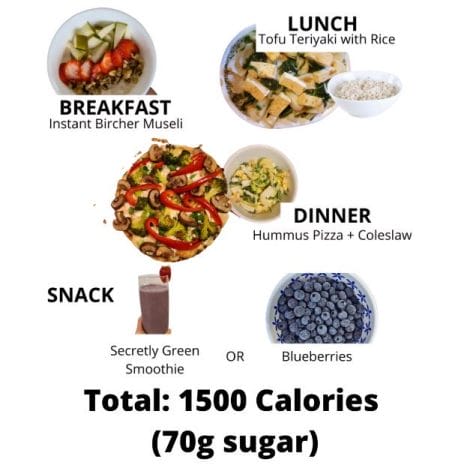
I hope this visual in terms of meals and calories allows you to picture what 20% sugar in a 2000 and 1500 calorie diet looks like. There are many options and it can include treats like dessert, dairy products, fruits, and sauces.
That being said, these meals, dessert, and snack options are recommendations assuming one has no medical conditions (such as diabetes) where added sugar intake would need to be managed.
(I made these recipes based from “Dinner, uncomplicated, fixing a delicious meal every night of the week” by Claire Tansey. I participated in creating some of these recipes with other BC dietitians virtually in the #SweetSpotChallenge.)
I hope you found this post helpful on the new regulations for sugar and labelling! Let me know how you feel about the % daily value of sugars being listed and the grouping of sugars in the ingredients list in the comments below!
Do you find that these new regulations would be helpful for you to make informed choices on foods?
PS- if you’d like a summary of this post, just watch my video below!
